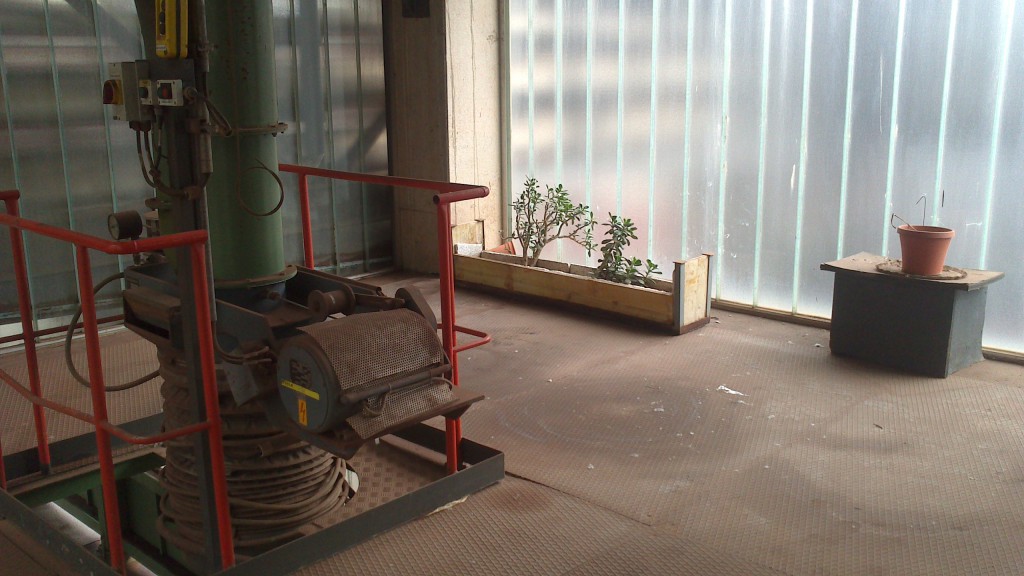RESIDUAL STREAMS OF ONE INDUSTRY ARE NUTRIENTS FOR THE OTHER
„Industry and industrial processes act as converter of natural resources into products and services. Industry has an impact on environmental pollution throughout the whole life cycle of a product”. In order to ensure industrial sustainability one concept of industrial ecology is industrial symbiosis [1]. Industrial symbiosis shall demonstrate the analogy to ecological systems, where symbiosis and exchange are advantages. A well-known example is the industrial symbiosis in Kalundborg (Denmark). The unification of different enterprises and public bodies made a further utilisation of by-products possible by closing material cycles. This further caused also economic benefits for the participating companies [2].
So, by incorporating such a concept, lodgment or incineration of waste can be avoided as well as primary raw materials or rather energy sources can be preserved [3]. In order to realise industrial symbiosis, prerequisites are the technical possibility of exchange of production results and input materials as well as a cooperative relationship [1].
[1] Industrial Ecology-Erfolgreiche Wege zu nachhaltigen industriellen Systemen; Arnim von Gleich, Stefan Gößling-Reisemann; 1.Auflage 2008; Wiesbaden
[2] Formate zur Unterstützung von Transformations- und Innovationsprozessen in Unternehmen; Helena Mölter, Georg Kobiela, Daniel Vallentin, Timon Wehnert;
[3] Zwischenbetriebliche Rückstandsverwertung-Kooperationen für eine nachhaltige Entwicklung am Beispiel industrieller Verwertungsnetze; Alfred Posch; 1.Auflage 2006; Wiesbaden

